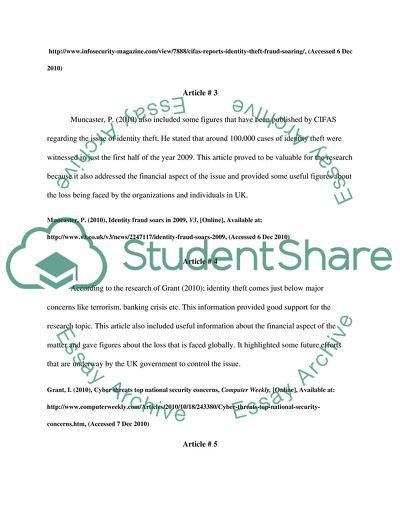Cite this document
(Identity Theft in the UK Report Example | Topics and Well Written Essays - 2000 words, n.d.)
Identity Theft in the UK Report Example | Topics and Well Written Essays - 2000 words. https://studentshare.org/law/1746651-the-computing-environment
Identity Theft in the UK Report Example | Topics and Well Written Essays - 2000 words. https://studentshare.org/law/1746651-the-computing-environment
(Identity Theft in the UK Report Example | Topics and Well Written Essays - 2000 Words)
Identity Theft in the UK Report Example | Topics and Well Written Essays - 2000 Words. https://studentshare.org/law/1746651-the-computing-environment.
Identity Theft in the UK Report Example | Topics and Well Written Essays - 2000 Words. https://studentshare.org/law/1746651-the-computing-environment.
“Identity Theft in the UK Report Example | Topics and Well Written Essays - 2000 Words”. https://studentshare.org/law/1746651-the-computing-environment.


